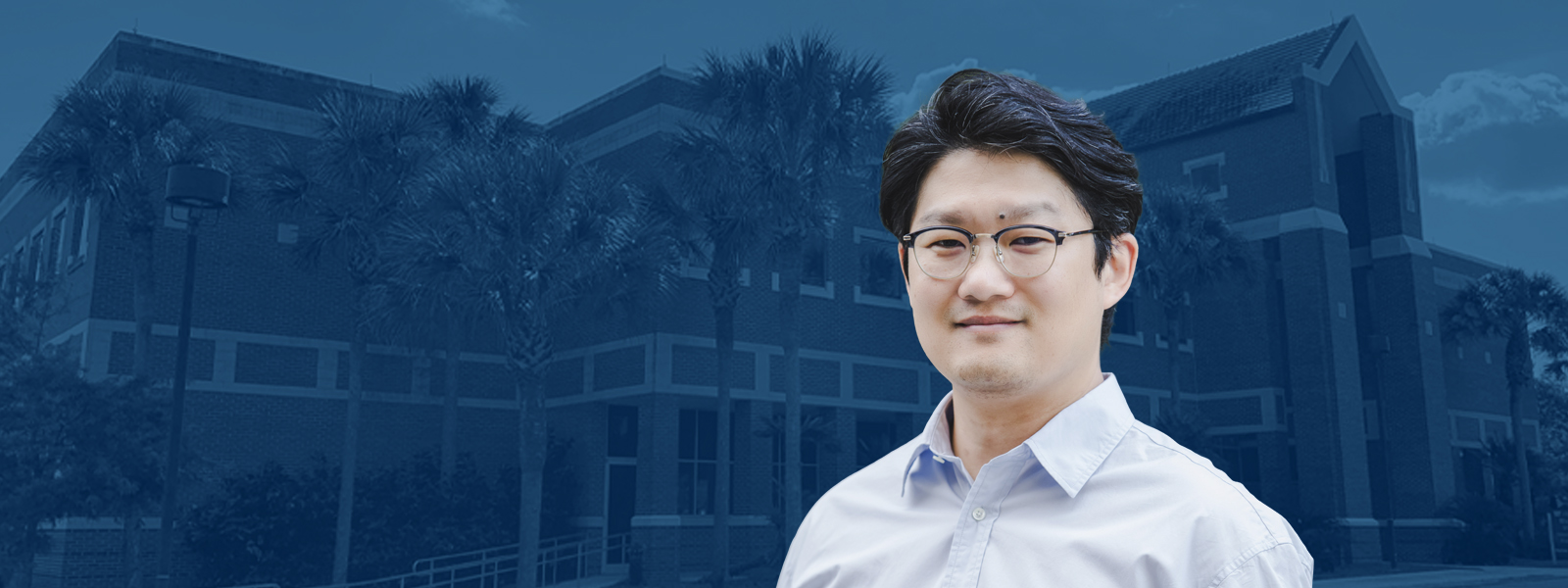What if airplanes could morph and dynamically change shape during flight, similar to birds?
It may sound too good to be true. Still, engineers at the University of Florida Department of Materials Science & Engineering (MSE) are working toward a future that may allow that exact scenario to become commonplace.
Shape memory alloys (SMAs) are a unique class of metals that can recover their original shape after being deformed in some way. With unique properties such as thermal stability, corrosion resistance and high strength-to-weight ratio, SMAs are leading contenders for a vast array of future commercial and industrial technologies, such as biomedical devices, sensors, robotics, structural components for aerospace vehicles and nuclear reactors, and wearable smart technology.
Shape recovery relies on creating a reversible change at the atomic level. Scientists can already radically alter shape memory performance by designing and engineering an alloy’s atomic structure using nano-sized particles called precipitates. However, accurately correlating the characteristics and properties of nano-sized precipitates to shape memory performance remains challenging due to a lack of high-precision and real-time characterization methods, which creates a roadblock in establishing a systematic alloy design for a given application.
Honggyu Kim, Ph.D., assistant professor of materials science and engineering, received a National Science Foundation grant to devise new methods to better interpret precipitate influence and help bypass that roadblock.
Dr. Kim has been developing novel experimental techniques and automated data processing methods to perform quantitative analysis of experimental microscopy data. In particular, he has made a significant contribution to developing digital image processing tools that enable the measurement of strain and chemical intermixing as well as the detection of point defects in solid materials with picometer measurement precision and single-atom sensitivity.
“We’re addressing this challenge by developing atomic-scale resolution, in situ electron microscopy techniques to measure the impacts of these precipitates,” Dr. Kim said. “The knowledge gained from this study can help us generate design rules for future SMAs for applications requiring high-temperature operations and improved mechanical properties.”
Dr. Kim will collaborate with Michele Manuel, Ph.D., a fellow MSE faculty member and department chair, who is an internationally recognized expert in materials design.
For this research, they will focus their combined expertise in alloy design and advanced materials characterization on understanding the fundamental effects of precipitates on the phase transformation and mechanical properties of nickel-titanium (NiTi)-based SMAs.
“Although SMA’s are quite common in the medical and aerospace fields, commercial systems currently rely on the traditional binary NiTi alloy system,” Dr. Kim said. “The outcomes from this research will not only generate a new understanding of how precipitates influence phase transformations of these particular alloys but will also fundamentally advance the field of SMA study as a whole.”
Beyond the laboratory, the project will extend into the classrooms of Florida with educational programs and outreach activities through summer internships for underrepresented minority high-school students from public schools in Alachua County, Florida, curriculum development targeting both on-campus students and distance-learning students, and research training of graduate and undergraduate students with a strong emphasis on alloy design and materials characterization. With this additional education strategy, Dr. Kim aims to help promote student awareness about critical materials needs for new technological developments and guide diverse groups of students to pursue future careers in STEM fields.
